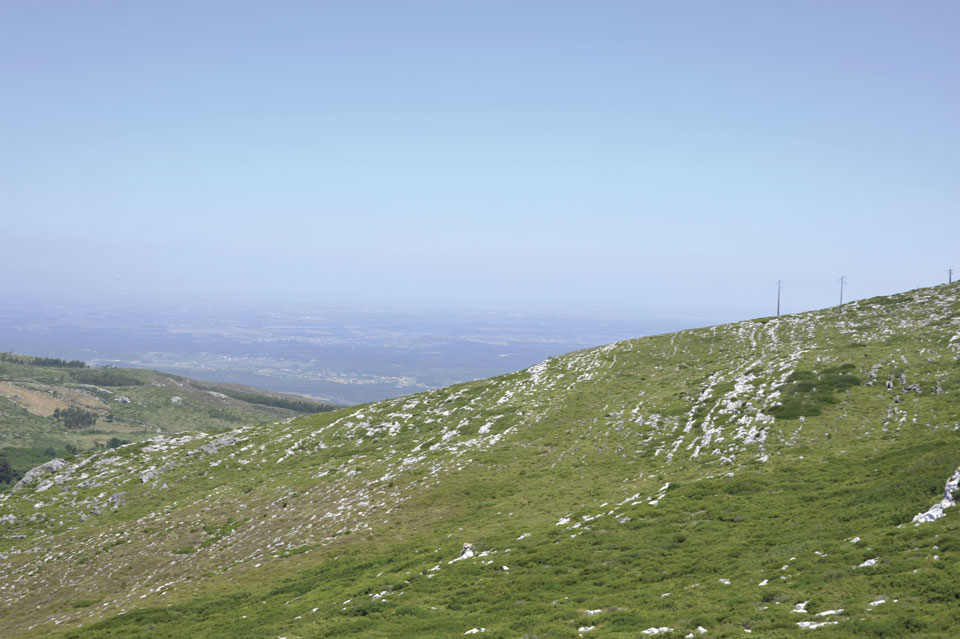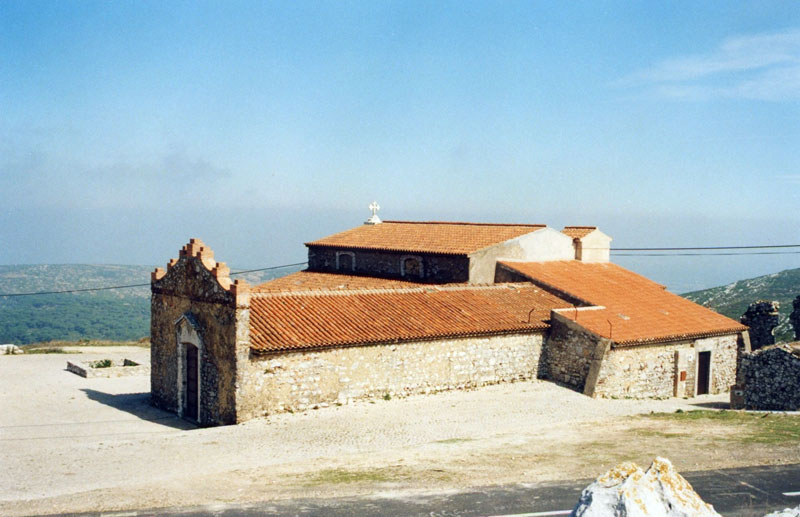The territory of the municipality of Cadaval, due to its geographical location and geophysical conditions, is home to a great biological diversity, an integral part of its identity genesis.
Cadaval is characterized by being a well-maintained area, both in agricultural and environmental terms. Its rurality, along with the continuous process of requalification and development, make Cadaval a pleasant municipality to reside in.
The climate of Cadaval is part of a so-called microclimate, which assumes peculiar characteristics due to the simultaneous influence of the seafront and the Serra de Montejunto. Agriculture therefore receives favourable conditions for wine and fruit production.

The traces of human presence in the county date back to prehistory. In the Serra de Montejunto, in Prague, caves were located that will have served as a dwelling during the Neolithic period.
With the conquest of the territory by the Romans, the entire region of Central Extremadura was colonized, and cities and several rural villages emerged where the Romans settled. Near Óbidos, they built the city of Eburobrittium and, in its administrative area, the Cadaval region was included, as evidenced by an epigraphed Roman ara found in S. Tomé de Lamas dating from the 2nd century.
Other archaeological remains of the municipality were found in Quinta do Cidral, near Alguber, juncal, near Prague, borjigas, near the village of Cadaval and Quinta de S. Lourenço, in Peral.
After the end of the Roman Empire and during the barbarian and Muslim occupations, the region continued to be populated by people from diverse backgrounds, including the Muslims.
It was a very ruralized region, where vines, cereals and cattle raising represented the main economic activity, and even the village would be nothing more than a large rural village. However, it would have had some social importance. In the municipality of Cadaval, there were not only farmers. Medieval documents refer to a shoemaker in The Red, a weaver with two looms in Sobrena and blacksmiths and tailors in cercal. For several centuries, the municipality of Cadaval was in the possession of successive donatarian lords until the advent of Liberalism, when Mouzinho da Silveira extinguished the fora and the stately rights.
The council never took advantage of the industrial revolution and, until the end of the 20th century, always conserved its rural characteristics.

Today, in Cadaval, the weight of the agricultural economy still persists, but there is already significant industrial development. Also the characteristic of rural village that the village of Cadaval had for centuries is today changing with a marked urban, economic and social development.
The Rocha pear is queen of the local economy, cadaval being the main producer and exporter of this fruit of peculiar characteristics.
The wine produced in the county reaches, like the pear, several countries in the world, having accumulated several national and international awards over the years. The Leve wine is today another of the county's business cards. In the sweets, the Ti Piedade sponge cake is distinguished, produced in the locality of Painho.
Ex-libris do Cadaval is the Serra de Montejunto, a protected landscape area of regional scope, also known as "Varanda da Estremadura" for the distant views that allows to reach from the top of its 666 meters of altitude. The Serra de Montejunto is an important tourist attraction, being its caves and algares, its fauna and flora and the Royal Ice Factory, an 17th century national monument, some of the points of interest to visit.
Also tourism are part of the routes and routes that make known the county, as well as equestrian tourism. For the more adventurous, the practice of climbing, speleology or paragliding can be a greater attraction within the world. Also count on the possibility of bird watching and astronomical observation.
The "Feast of Adiafas" or the "Pintar e Cantar de Reis" , together with traditional religious festivals, are two symbols of the local intangible heritage , and receive crowds from inside and outside the county.
Aware of the intrinsic value of biological diversity and ecological, genetic, social, economic, scientific, educational, cultural, recreational and aesthetic values of biological diversity and its components, the Municipality of Cadaval has, over time, fostered policies and implemented actions and projects aimed at raising the awareness of the world conservation of biodiversity in the territory, namely the creation of the Protected Landscape Area of serra de Montejunto and the Montejunto Biodiversity Station.
Source: Cadaval Town Hall